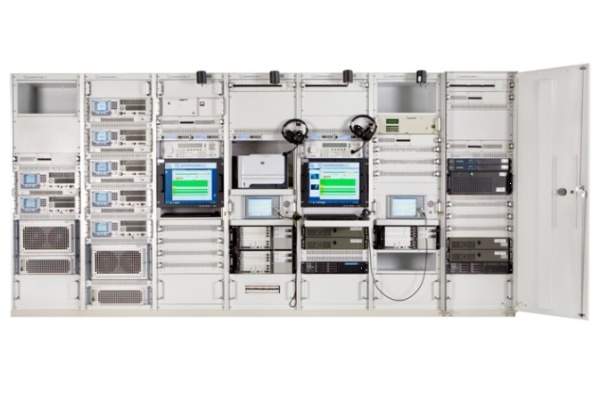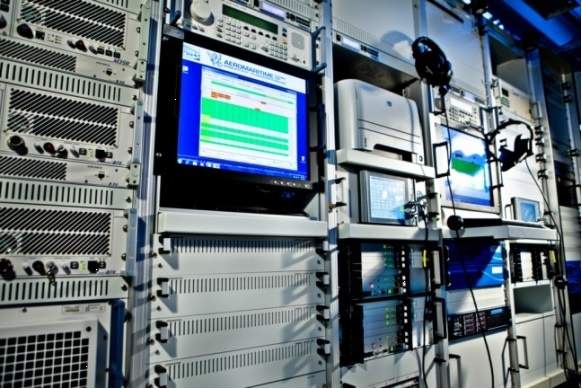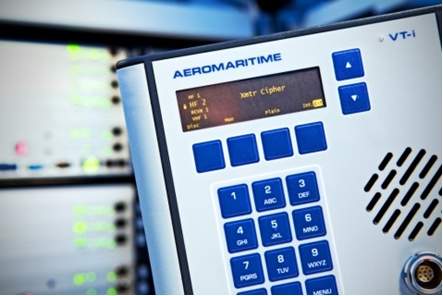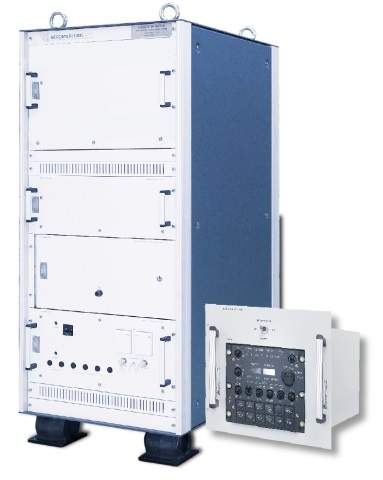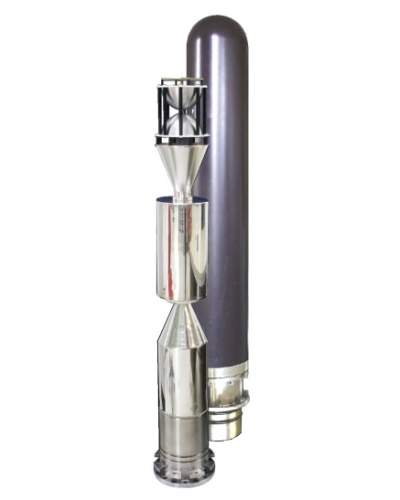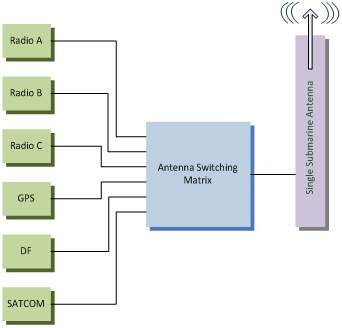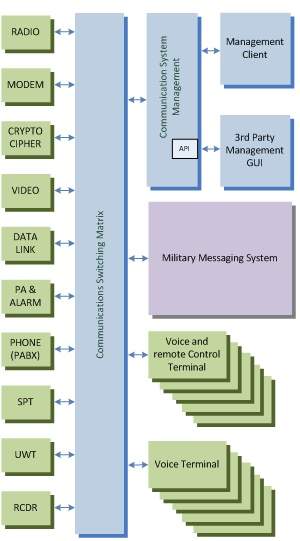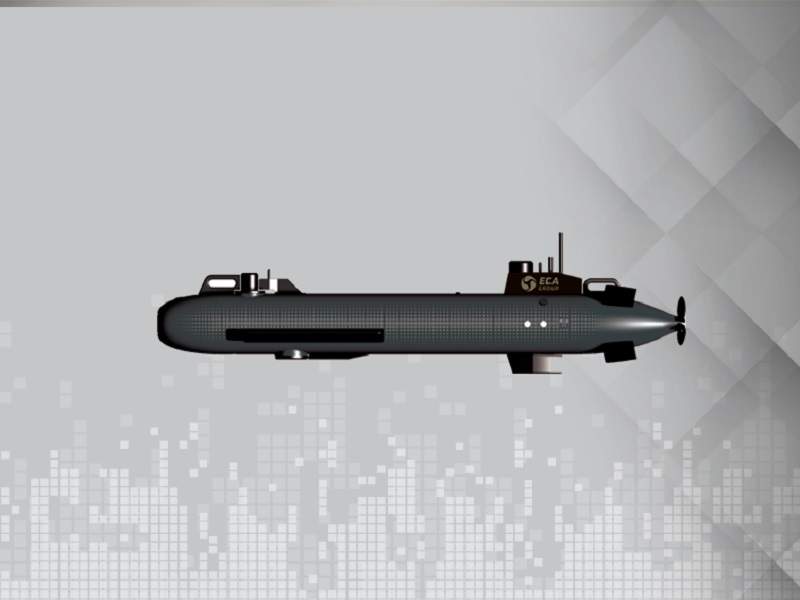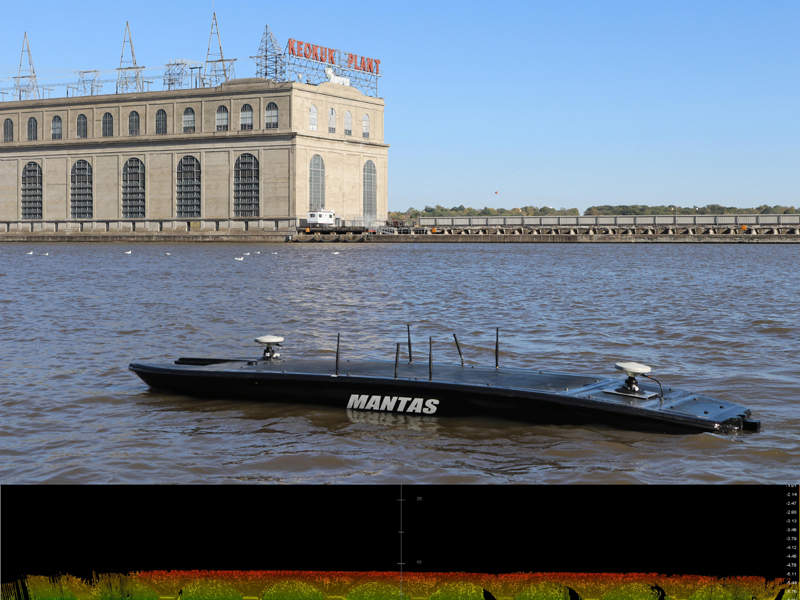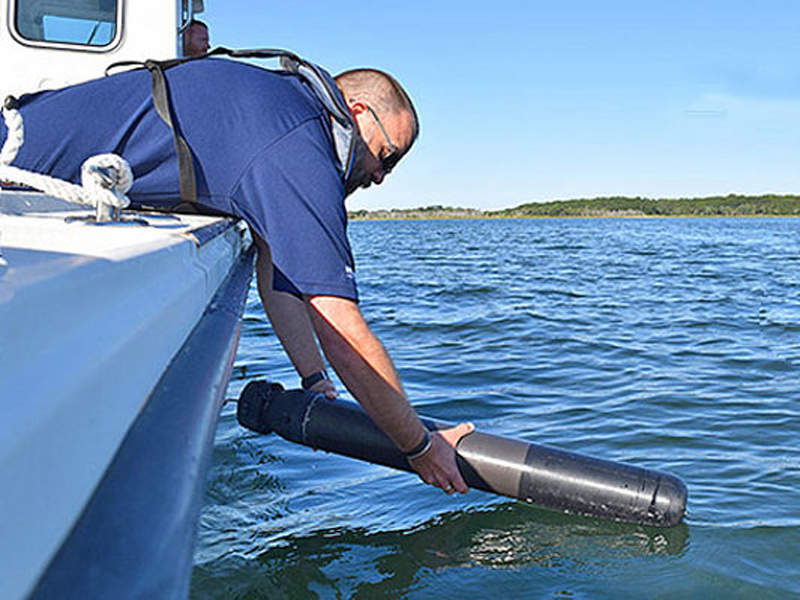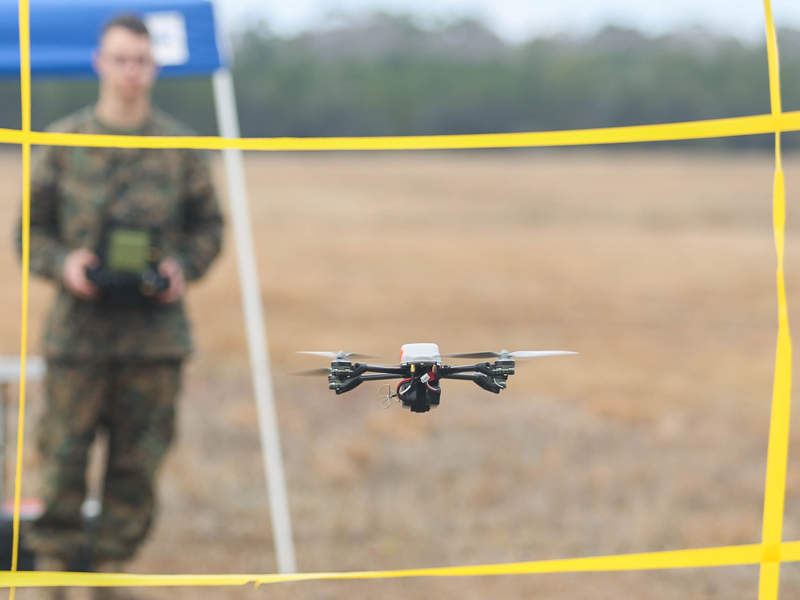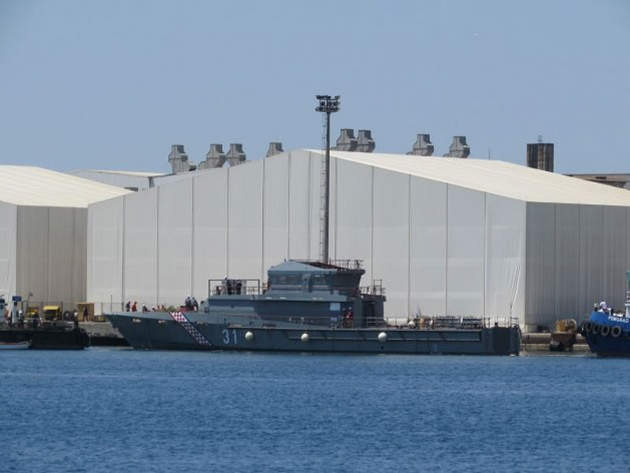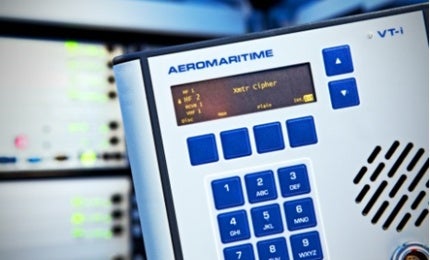
Aeromaritime Systembau delivers mission-critical and maritime communication solutions for military applications.
Military and maritime communication platforms
For mission-critical purposes, Aeromaritime offers clients highly accessible and reliable switching communication system platforms for data and voice use.
The company designs networks to transport deterministic and packet-orientated information. The secure separation of classified information is available either on a logical or physical level, or a combination of the two.
Aeromaritime’s modern platforms offer a non-blocking, low-latency network that can be scaled to any capacity needs.
Intercom voice connections for point-to-point, point-to-multipoint, and conferencing are mandatory with redundant connections for important locations. External communication capabilities and allocation of conferences are dynamically configurable by the operator, independent for each user station. A multivendor strategy ensures flexibility in obsolescence situations and guarantees availability throughout the total lifecycle.
Through use of industry protocol standards and the adaptation of communications equipment at the cutting-edge of technology, Aeromaritime provides solutions with a lower lifecycle cost and greater opportunities of enhancement.
Scalable, flexible radio systems and devices
Aeromaritime supplies flexible device combination for radio line set-ups. All multivendor equipment, such as radios, modems, cryptos and ciphers, are connected to the communication system via generic gateways for voice, data and device control, to guarantee continuous operation with less equipment.
Advanced features of this flexible communications solution include:
- Scalability – It is applicable to small to very large systems, from submarines via offshore patrol vessels (OPV) to destroyers
- Modularity – There is a flexible mixture of analogue and digital user interfaces. Gateways are easily adapted to any required communication device and investment protection by usage of standard interfaces and ease of extensibility
- Fault tolerance – Redundant fibre-optic connections between nodes and switches provide high fault tolerance. Continuous availability of devices in the event of a failure can be achieved by connecting equipment to independent nodes (dual homing) ensuring there is no single point of failure
- Configurability – It offers an easy and intuitive set-up and recall of mission-specific configurations, as well as remote control of devices and definition, storage, and activation of presets
- Integration aspects – The slim, robust, 19in customised rack design ensures a reduced footprint and lower weight. Extensive use of fibre-optic cables also contribute to weight reduction and EMI robustness
The system is controlled by an application via a graphical user interface. Any operator station can be equipped with a control client, various settings for the communications matrix can be stored, and presets are quickly accessible for naval operation scenarios.
Optional extras include remote control for radios and other equipment for communication system management; frequency management is available for propagation prediction, multiple radio scenarios, frequency spacing and output power; and an API to easily connect to a customer-furnished management system or user interface.
Communication system architecture for naval applications
Aeromaritime supplies internal communication systems that deliver intercom voice connections for point-to point, point-to-multipoint, and conferencing services.
By choosing Aeromaritime, customers receive limitless connectivity and capacity.
The communications matrix is software-defined, with features such as enabling conference participants to be dynamically configured by the operator. This means that user stations can easily interface to any other telephone networks or third-party communication equipment.
External communication lines can be assigned to any user station by the system management, while external data channels for serial line or IP-connections can be made, depending on the communications matrix.
Aeromaritime provides unrestricted multivendor support as part of a vital strategy service for planning mission-critical and maritime communication systems.
Data gateways for network migration
Aeromaritime’s multiple gateways ensure a smooth migration of various essential communication technologies.
Equipment such as radios, modems, cryptos or ciphers are connected to the communication infrastructure via generic gateways for voice, data and device control in order to fulfill communication requirements.
The company’s system supports gateways such as:
- Secure Voice, as narrowband or wideband
- ESM or Sonar-audio
- Data Link (Link-11, Link-22, Link-14, Link-Y)
- MMHS synchronous and asynchronous data
- STANAG 5066 and STANAG 4406
- E-Mail, chat and file transfer
- EPM-Mode (HQ, HQII, SATURN and HF-EPM)
State-of-the-art maritime communication systems designed by Aeromaritime connect any communication equipment and are not limited to specific manufacturers or brands.
Communications infrastructure for submarines and limited space
Aeromaritime optimises communications infrastructure in submarines, reducing the amount of equipment used and combining functionalities, to ensure that the system is effective in confined spaces.
Various transmitting entities such as radios, Satcom or geographical devices (eg. GPS, GLONASS or GALILEO) can be combined through a highly efficient matrix device.
To do this, the RF communication path is simply switched to one, dedicated, multifunctional submarine antenna.
Aeromaritime mission-critical naval communication systems
Mission-critical and maritime communications require standard, based and highly flexible communication scenarios that can be easily adapted to various missions. Dedicated APIs connect the interface to customer-specific management applications, in order to monitor and remote control the entire communications network in a known environment.
In addition to technical aspects, the total cost of ownership plays a vital role by balancing operational and capital expenditure. Operational efforts can be minimised by predefined processes, as well as intuitive input and management devices. Developing a true multivendor strategy avoids the risk of getting a monopole situation during the selection process.


